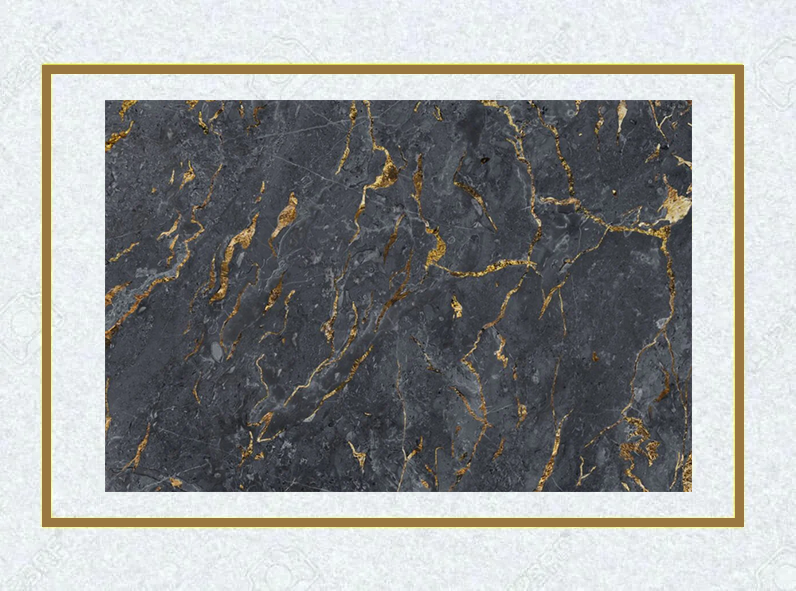AAC blocks or Autoclave Aerated Concrete blocks are one of the most favorite construction materials, not only for contractors or homeowners but for environmentalists too. Of late, these are being used for building homes, bridges, roads, highways and many other structures. These are noted for their wonderful eco-friendly properties and are regarded as better for the Earth. Take a look at the top 3 reasons why these are believed to be capable of countering the impact of global warming.
Ensures superior thermal insulation
These blocks have a unique cellular structure, and you can find millions of tiny air pockets. This makes them ideal for the purpose of insulation. Due to this excellent insulation property, it can help to maintain a stable temperature in the indoor area. Residents do not have to use HVAC systems much for cooling and heating up their indoors. They can stay comfortable, as AAC blocks with their tiny air pockets can help them to enjoy proper ventilation but enjoy convenience. It can easily reduce greenhouse gas emissions and lower energy consumption.
You must also note that the thermal performance of AAC blocks is much better, when compared to clay bricks and other traditional materials. Much less energy is needed for maintaining comfortable temperature indoors.
Sustainable Manufacturing
Many natural materials go into the production of AAC blocks, including water, lime, cement and sand. Aluminum powder is also used. It is later subjected to autoclaving, a curing process that involves the use of steam at high-pressure.
A by-product of coal-based power generation known as fly ash is used in the manufacturing process. If it is not used in this way, fly ash is meant to end up as waste otherwise. It is going to lead to resource conservation and waste management when used in AAC block production. When fly ash is used in making AAC blocks, it can easily reduce the amount of cement that is required. It can reduce the overall CO2 emissions that are related to the production of cement.
Encourages eco-friendly material usage
You can also find so many builders and contractors using hempcrete and many other eco-friendly materials, inspired by the energy efficiency and sustainability of AAC blocks. In every phase of its life cycle, from the stage of manufacturing to the waste disposal stage, it has a lower impact on the environment.
You should also consider the fact that AAC blocks are lighter in weight and can easily be transported from factories to construction sites. In this way, it reduces carbon footprint, lowers fuel requirements and helps save on transportation costs.
With so many obvious benefits, you can easily understand why AAC blocks are regarded as useful for countering global warming effects. At a time when governments across the world are looking for eco-friendly solutions for the construction sector, industrial production and more, you can be assured that these are going to enjoy even more widespread use in the years to come. These align with green practices and are worth using in construction activities.






